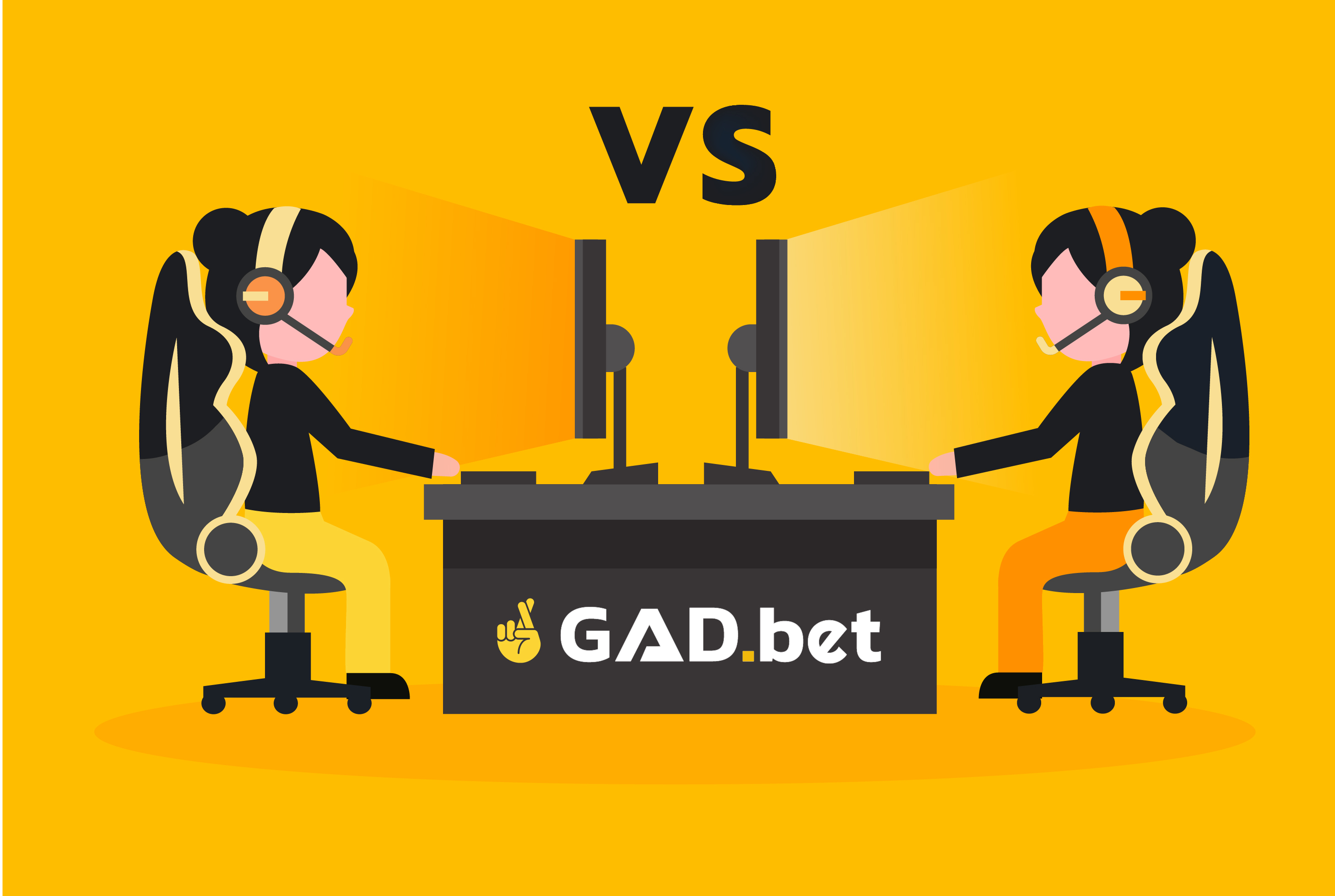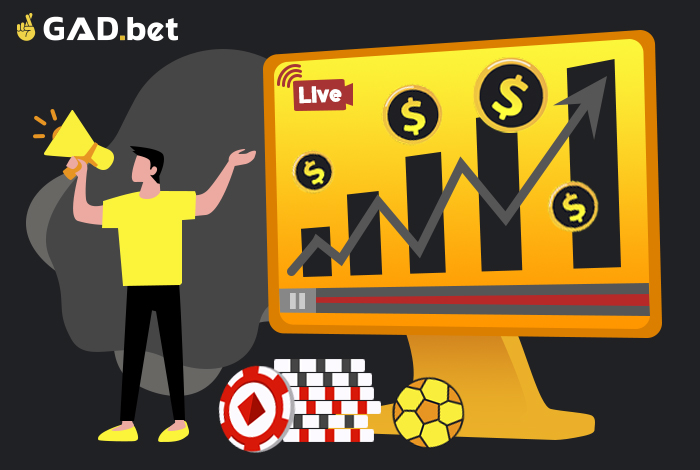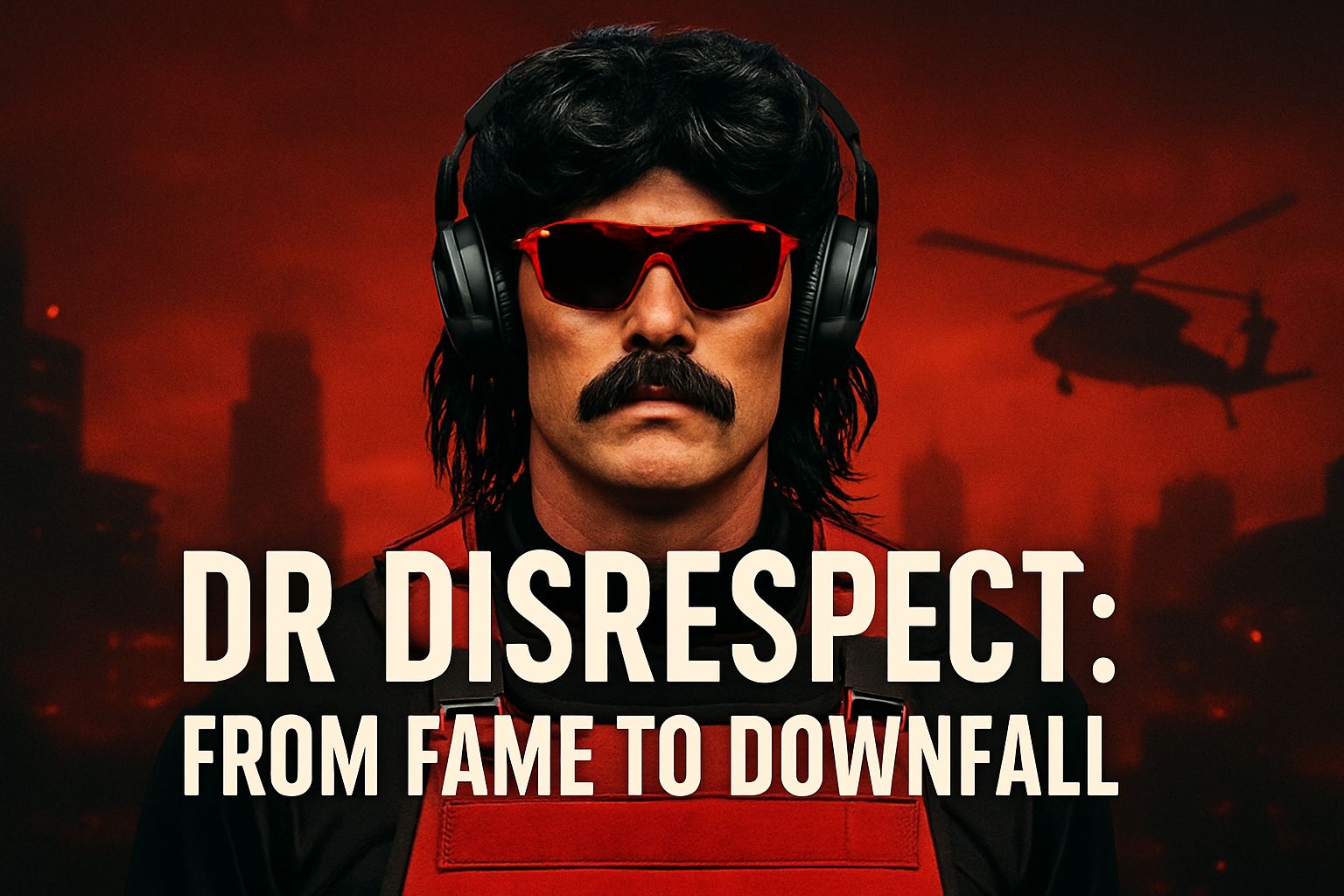Content
Which is better – Streamlabs OBS or OBS for streaming games online

OBS (Open Broadcaster Software) and Streamlabs OBS (SLOBS) are both popular streaming software options, but they have some differences that might make one more suitable for you depending on your needs and preferences. Here are some key distinctions:
OBS (Open Broadcaster Software):
- Open-source: OBS is an open-source software, meaning it is free to use and can be modified by its user community. This allows for a wide range of plugins and customizations.
- Cross-platform: OBS is available on Windows, macOS, and Linux, making it more versatile across different operating systems.
- Customization: OBS offers extensive customization options for scenes, sources, and settings, allowing for a highly personalized streaming setup.
- Learning curve: OBS can be more challenging to learn and set up, especially for beginners, due to its extensive options and settings.
Streamlabs OBS (SLOBS):
- Streamlined interface: SLOBS has a more user-friendly interface, making it easier for beginners to set up and start streaming quickly.
- Built-in features: SLOBS comes with built-in features specifically designed for streamers, such as customizable overlays, alerts, and widgets, which can save time and effort compared to manually adding them in OBS.
- Streamlabs integration: SLOBS is integrated with the Streamlabs platform, allowing for seamless support for donations, merch store, and other Streamlabs features.
- Limited to Windows: SLOBS is currently available only for Windows, limiting its use on other operating systems like macOS and Linux.
- Resource usage: Some users report that SLOBS uses more system resources than OBS, which may result in reduced performance on lower-end systems.
Which one is better?
The answer depends on your specific needs and preferences. If you’re new to streaming and want an easy-to-use interface with built-in streaming features, Streamlabs OBS might be the better choice. However, if you prefer a more customizable and cross-platform option, then OBS might be more suitable.
Ultimately, you should try both and see which one works best for your streaming setup, personal preferences, and system capabilities. Remember that you can also find community support, tutorials, and forums for both software options to help you optimize your streaming experience.
Comparison of OBS and Streamlabs OBS technology
Both OBS (Open Broadcaster Software) and Streamlabs OBS (SLOBS) are popular streaming software, but they have some differences in technology and features that might make one more suitable for you depending on your needs and preferences. Here’s a comparison:
OBS (Open Broadcaster Software):
- Open-source: OBS is an open-source software, which means it is free to use and can be modified by its user community. This allows for a wide range of plugins and customizations.
- Cross-platform: OBS is available on Windows, macOS, and Linux, making it versatile across different operating systems.
- Customization: OBS offers extensive customization options for scenes, sources, and settings, allowing for a highly personalized streaming setup.
- Flexibility: OBS supports various streaming services, including Twitch, YouTube, Facebook, and more, providing flexibility for users to stream on their preferred platform.
- Learning curve: OBS can be more challenging to learn and set up, especially for beginners, due to its extensive options and settings.
Streamlabs OBS (SLOBS):
- User-friendly interface: SLOBS has a more user-friendly interface, making it easier for beginners to set up and start streaming quickly.
- Built-in features: SLOBS comes with built-in features specifically designed for streamers, such as customizable overlays, alerts, and widgets, which can save time and effort compared to manually adding them in OBS.
- Streamlabs integration: SLOBS is integrated with the Streamlabs platform, allowing for seamless support for donations, merch store, and other Streamlabs features.
- Limited to Windows: SLOBS is currently available only for Windows, limiting its use on other operating systems like macOS and Linux.
- Resource usage: Some users report that SLOBS uses more system resources than OBS, which may result in reduced performance on lower-end systems.
In conclusion, OBS is a versatile and highly customizable streaming software suitable for users who want flexibility and don’t mind a steeper learning curve. On the other hand, Streamlabs OBS provides a more user-friendly experience with built-in features for streamers, making it an attractive choice for beginners or those who want a more streamlined setup. The choice between the two depends on your preferences, streaming goals, and system capabilities.
Comparison of OBS (Open Broadcaster Software) and Streamlabs OBS (SLOBS) settings
Here’s a comparison of the settings and configuration options in OBS (Open Broadcaster Software) and Streamlabs OBS (SLOBS):
OBS (Open Broadcaster Software):
- Scenes and sources: OBS offers a highly customizable setup with multiple scenes and sources, allowing users to add various elements such as video capture devices, audio inputs, and images to their streams.
- Audio mixer: OBS provides a flexible audio mixer that enables users to control the volume levels and monitoring of various audio sources independently.
- Encoder settings: OBS allows users to choose between software (x264) and hardware (NVENC, Quick Sync, or AMD VCE) encoders, giving users more control over their stream’s performance and quality.
- Advanced settings: OBS offers numerous advanced settings, including custom buffer sizes, keyframe intervals, and color formats, providing experienced users with the ability to fine-tune their stream’s performance and appearance.
- Plugins: OBS supports third-party plugins that can extend its functionality, allowing users to add features like noise suppression, virtual cameras, and advanced scene transitions.
Streamlabs OBS (SLOBS):
- Stream setup wizard: SLOBS includes a setup wizard that can help users configure their stream settings, including recommended encoder settings, bitrate, and resolution based on their system capabilities and internet connection.
- Themes and overlays: SLOBS offers built-in themes and overlays, making it easy for users to customize the appearance of their stream with just a few clicks.
- Alerts and widgets: SLOBS comes with integrated alerts and widgets for donations, subscribers, and other audience interactions, simplifying the process of adding these elements to a stream.
- App Store: SLOBS features an App Store with additional plugins and tools designed specifically for streamers, such as chatbot integrations, multi-streaming support, and advanced analytics.
- Streamlabs integration: SLOBS is tightly integrated with the Streamlabs ecosystem, offering seamless support for donations, merch store, and other Streamlabs services.
In summary, OBS offers more control and customization options, making it a suitable choice for experienced users who want to fine-tune their stream settings. Streamlabs OBS, on the other hand, provides a more user-friendly experience with built-in features and integrations designed for streamers, making it an attractive option for beginners or those who want a more streamlined setup. The best choice for you will depend on your preferences, experience, and streaming goals.








